Sweat the Small Stuff
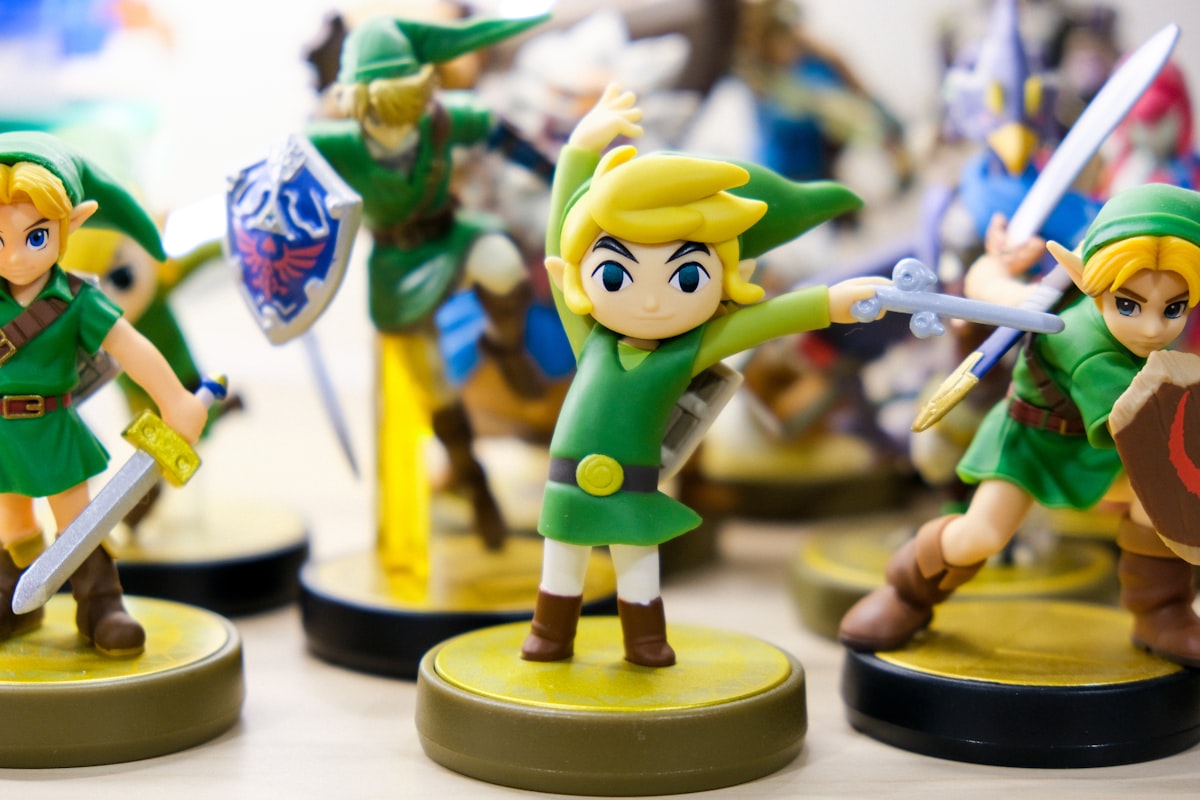
"Tiny" design considerations from The Legend of Zelda (1986)
(this post is a little rough, but I wanted to release it before it grew further)
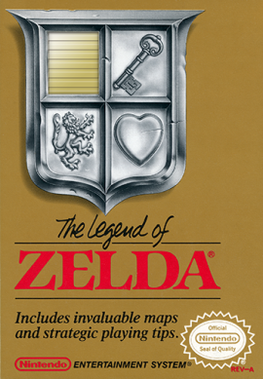
The year is 1986 and I'm growing up in snowy Vermont. My friend had a NES and we played Mario Bros (not Super) on it incessantly. I remember Mario Bros being incredibly deep, competitive and nasty, but will save that for another time. Then came the Legend of Zelda.
It came in a shiny gold cartridge and I remember it had a watch battery in it so you could save your game. My first thought was, how cool! and my second was, what happens to the game when the battery runs out (many are still going strong)? Over the pandemic, I started replaying it and then recently replayed it and it blew me away.
Retro games don't often capture my attention so many years later, but this one absolutely did. I found myself smiling and cackling with glee at so many perfect little details. They made so much out of so little, all while essentially creating a new genre.
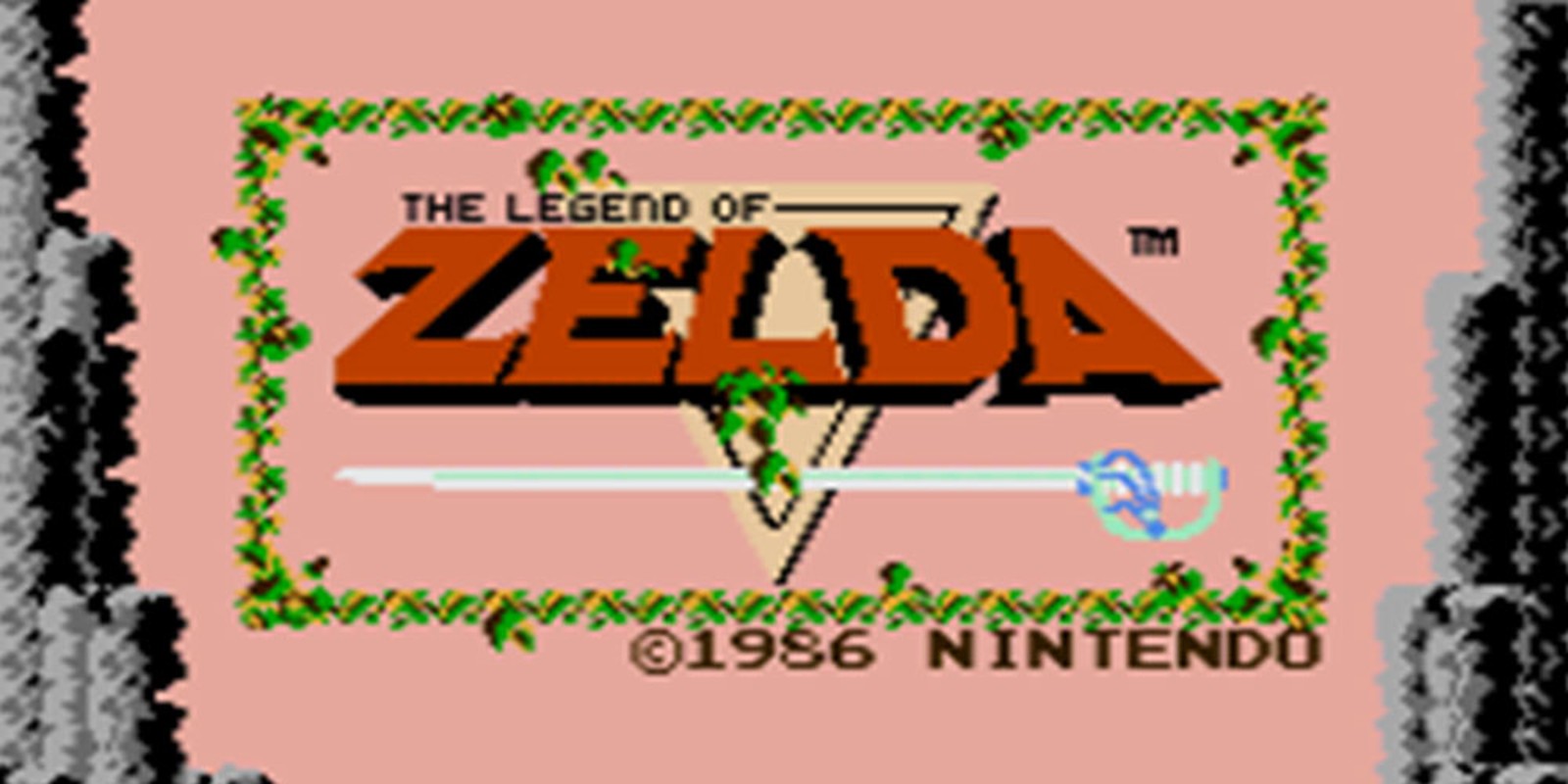
I don't remember it at the time, but I'm sure Zelda influenced Subnautica, along with so many other open-world games.
Here are just some of the details that called out to me, that to me, make this game a true masterpiece.
Open-World
It clearly built upen Courageous Perseus, which perhaps was the first open-world game. Zelda's screens of enemies, large overworld map, bodies of water and docks all look to be directly from Courageous Perseus.
Zelda also seems to have taken a lot from another early open-world game called Hydlide, but increased the size of the world massively and well, made it not suck.
But I think Zelda was probably the first popular open-world game, improving massively on these predecessors, and forever burning it into our brains.
Zelda managed to give you the impression of a huge world while still making it quick and easy to travel around.

I haven't measured the timings, but I doubt an experienced player would ever need more than 5 minutes to get between any two screens. You move quickly and there are late-game shortcuts that connect up far areas once you unlock them. So it feels huge when you start the game, but by the end, you feel like you've mastered Hyrule.
(I'm sure players have figured out how to navigate the Breath of the Wild world quickly, but I never was able to)
Full-Health Sword-Throw
When you have no damage, your sword becomes a projectile. Pressing A still performs a melee attack, but you also throw it, both allowing you to snipe enemies, but also able to do 2x damage if performed correctly. It's hard to overstate how great this is. Why? Here are just a few reasons:
- It rewards careful play, which is especially important when grinding in the Overworld with many hearts. Even after taking damage, the player knows that careful play will get them back to full health without needing to spend time (Fairy Fountain) or money (potion) getting healed.
- It makes you feel a hero (as Link should), but without being overpowered
- It rewards patience and time investment to help you clear tougher dungeon rooms
- It adds tension when you're at full health, because you're just a moment from losing your coolest weapon. This keeps you emotionally invested.
- It creates excitement when killing monsters, as a simple heart may suddenly more than double your power. This can also create "comebacks" where you feel you always have a chance to beat a dungeon without retreating.
- It allows a skill check near Fairy Fountains. If you fight perfectly when traveling from one to a dungeon entrance, it gives you a big advantage when beating the dungeon.
Bombs x8
You can never hold more than 8 bombs:

This means you need to use them, or any drops from enemies are now wasted. So it encourages you to use them on random rocks and bombing random things! This is critical to create that feeling of secrets and discovery. Also, the fact that you use one bomb at a time means they are more finding secrets than for use in combat.
Invulnerable Doorways
You are invulnerable when deep enough in dungeon doorways. That means you can "hide" and gives you time to consider your options, lending a more strategic feel. This helps reduce bad feelings for more difficult dungeons, where a single hit can really change your chances, do your sword throwing.
I have a feeling this was also an necessary due to randomized enemy spawning and potentially taking damage as soon as you enter. This would be too punishing and also unfair, especially when fighting Wizzrobes.

But you can't hide in doorways that were bombed open, which allowed the development team to control difficulty and pacing for select rooms.
Worse things than death
When a Like Like damages you, it covers you completely. If you don't fight your away out of it quickly enough, it will eat your Magical Shield.
This reminds me of level-reducing creatures from Dungeons and Dragons, like Wights: they inspire attention and terror unlike anything else. They add an interesting texture to your progression in that they can actually set you back more than death can. Ie, you can beat a dungeon but need to grind to buy another Magical Shield, or you can lose the dungeon and be worse off than when you started.

Item drops by Creature
After playing awhile, you can intuit that some loot is more likely to appear after killing some creatures.

This means location matters, giving players some agency. When I needed cash, I ground it out by entering and existing Dungeon 3 repeatedly to get those 5 rupee coins:

3 Heart Start
You start the game with 3 Hearts, and gain more hearts as juicy rewards. But every time you die, no matter hearts you have, you only refill to 3. This has a few side effects:
- You may have to leave a dungeon and heal after dying in one. But sometimes you want to try again, because dungeon enemies don't respawn until you leave.
- On early dungeons, when you only have 3 hearts max, you can play them immediately again, but with fewer enemies. This gives a tailwind for the early dungeons and a headwind for later ones. Choosing to stay or leave a dungeon becomes an interesting decision.
- Potions allow an extra advantage here, because you can only carry one but it will restore you completely without leaving. This allows players to "gear up" before a tough dungeon, trading grinding and prep time for a better chance of beating it.
Relatedly, when you die in the Overworld, you appear back at the game start.
Second Quest
This was one of the earliest games with New Game Plus, which let you replay it again, with significant variations. I'm just starting the Second Quest now but the fact that they varied dungeon layouts and locations is amazing. And the fact that they exposed their cheat code (start a new save called ZELDA) feels really forward-looking.
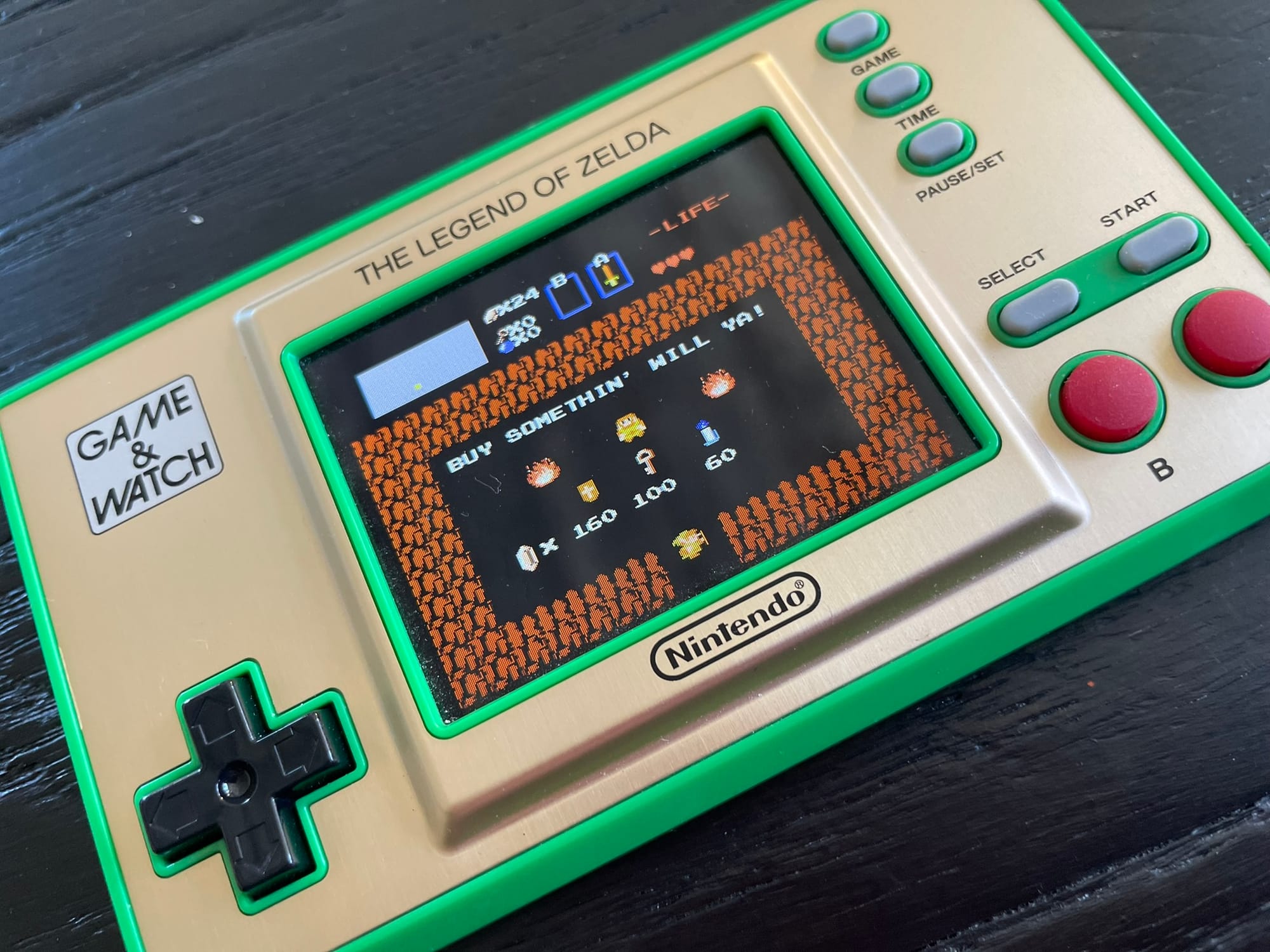
Clever Perspective Shift
A "free" perspective shift is enabled by through making a few side-view tiles. This makes you feel like you're going under the dungeon.
Link's animations still work here - the only other aspect was that you could fight only Keese there, as their flight animation works from the top or side:


That Boomerang
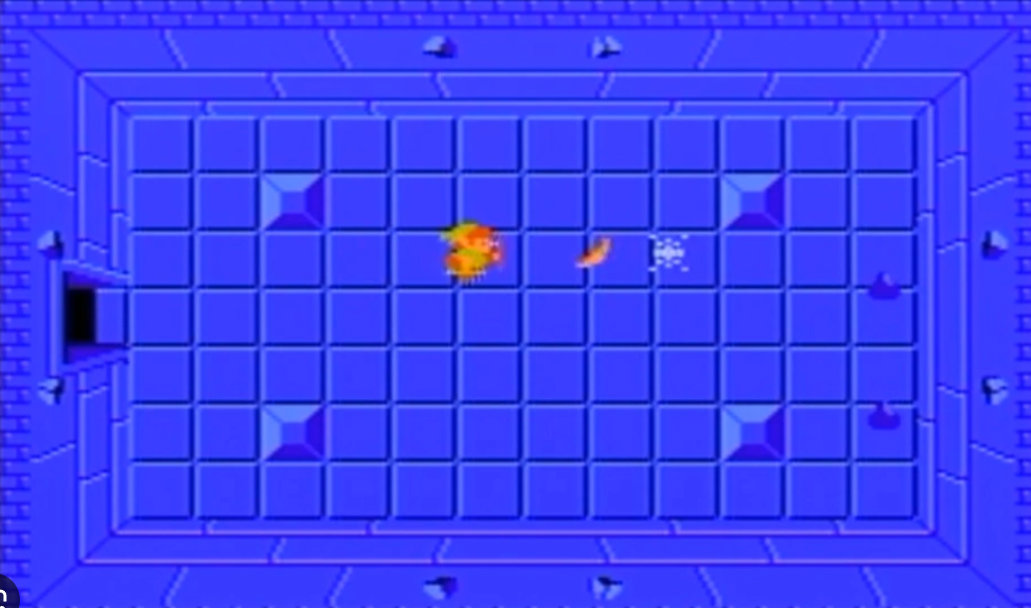
I could probably write a whole post just on the boomerang. But at minimum it:
- ...allows you to pick up dropped loot with it, minimizing feel-bads when a jumping creature leaves a heart inside an obstacle, or when a river is blocking access to a fairy. It also side-stepped any programming needed to deal with preventing or accommodating this. And it makes you feel very clever.
- ...adds a whole new dimension to combat where you can fight many creatures at once: stun one, then attack another, stun original again, attack a third, etc. It raises the combat skill-ceiling noticeably.
- ...it allows you to stun multiple creatures at once if you can manage to get them stacked upon each other. More cleverness and skill-ceiling, and adds crowd control.
Wrapping up
If you want to play it, I would recommend the ultra-portable Game & Watch (thanks Tyler!), or the more versatile (but less ergonomic) Miyoo Mini/Plus. For me, the smaller the system is, the more likely I'll be to take it with me and play it for 5-10 minutes whenever waiting for something.
I love the Miyoo Mini but most people will want the Plus.
Takeaways
Playing Zelda again after so many years, really energized me. I was a child then, playing as a kid would, and now I can see it through the lens of a designer.
Then it made me feel like I was exploring a massive world. Today I marvel instead at its incredible craftsmanship, showing me how even the tiniest design decisions can impact a game experience, even elevating it to greatness.
Think through the decisions which most would overlook.